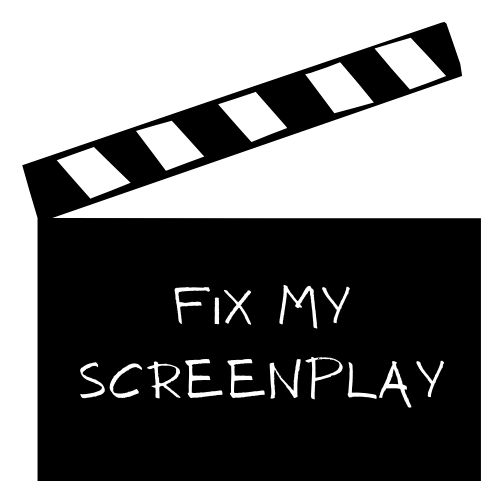GOODBYE TO MTV (Free Subscription)

In this newsletter, Goodbye to MTV (Article), Limited Series vs Serialized - and Episodic (Video), Recommended Book of the Week, Guerrilla Marketing (Course), and How to Market the Video Pitch Deck (Video).
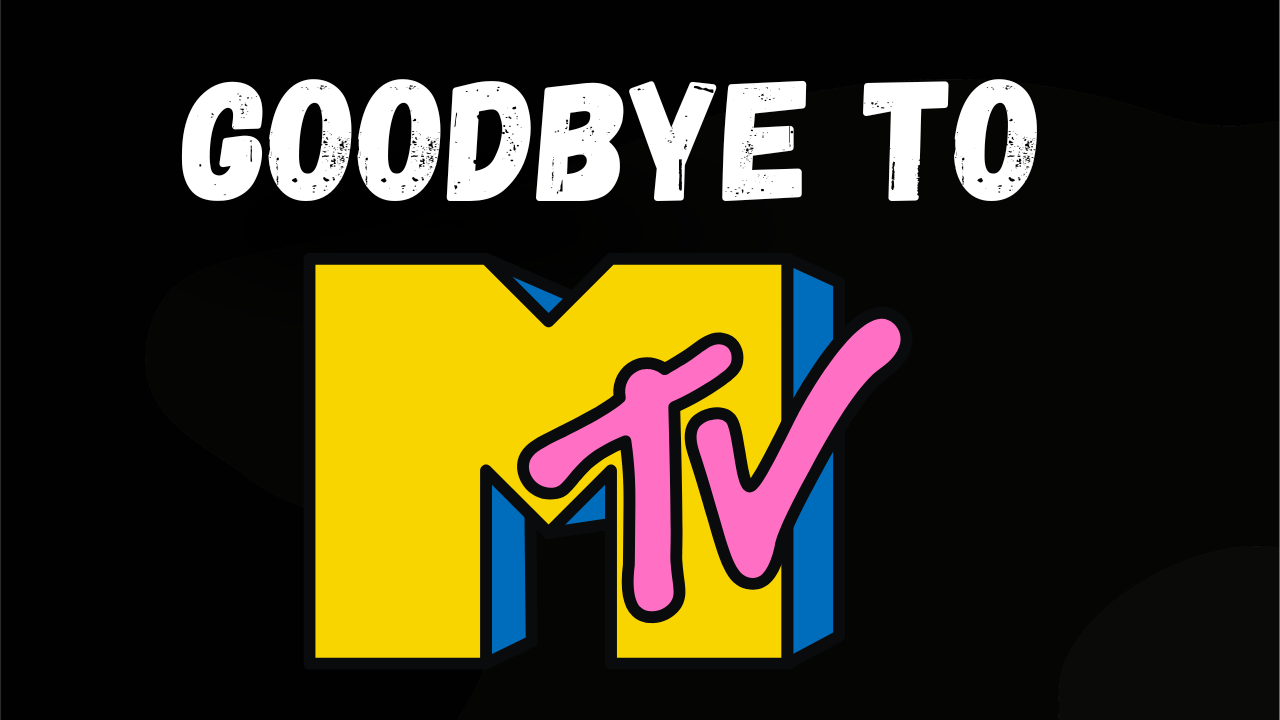
The Hidden Legacy of Music-Video Writers on Cinema
It seems fitting, in this moment of media transition, to reflect on what it would mean if MTV—the once-ubiquitous network that taught a generation how to watch music—went off the air. Far from being just a pop-culture relic, MTV’s rise and (eventual) descent hold important lessons for the film world, and especially for the often-invisible writers who helped invent a new visual grammar in the 1980s and beyond.
MTV and the Birth of a Visual Music Cinema
When MTV launched on August 1, 1981, it didn’t just add another soundtrack to people’s lives—it fundamentally reshaped how music was consumed and imagined. Prior to MTV, music videos were sporadic promotional tools—occasional fare on variety shows or late-night cable. But MTV’s 24/7 video format made them central to an artist’s identity. Suddenly, the visual became inseparable from the sonic.
Movies, commercials, and television began to feel that ripple. As MTV’s presence grew, its influence seeped into cinematic editing, pacing, music supervision, and montage. The rapid cuts, bold transitions, and intertextual visual flourishes in many 1980s films echoed the aesthetic of the music video. In effect, MTV helped train audiences to expect more visual energy—even from narrative film.
Writers, “Treatments,” and the Alchemy of the Music Video
Yet one of the most underappreciated contributions of MTV’s era lies in the work of music-video writers (or “treatment writers”)—those who sketched the narrative, conceptual, or metaphorical backbone of a video, before a director or cinematographer even stepped in. Their scripts were sometimes only a page or two; often more a poetic, surreal outline than a full screenplay. But in those few lines, they had to marry the emotional arc, the beat changes, the hooks of a song, and a visually striking narrative or metaphor.
These treatments guided directors, choreographers, editors, and visual artists alike. In many cases, the writer’s role was to imagine how a music video might function like a short film: a miniature narrative, symbolic tableau, or cinematic dream. Over time, that approach taught a generation of visual storytellers how to think in micro-cinematic units.
One notable example is Ric Menello, a cinephile, screenwriter, and influential figure behind many early music videos. He co-wrote and co-directed the Beastie Boys’ “(You Gotta) Fight for Your Right (To Party!)” video, drawing on classic cinema and layering visual irony atop a party anthem. Menello had been writing treatments for music videos for years; his sensibility was hybrid—steeped partly in film knowledge and partly in lowbrow humor and pop culture collage. His work helped transform music videos into small, high-concept visual experiments.
Writers like him blurred lines: sometimes they shifted from video treatment to feature screenplay, or influenced directors who would later cross into film. The techniques developed in those short video scripts—elliptical transitions, rhythmic montage, visual metaphor—fed back into cinema.
The Cinematic Afterlife—and What’s Lost
If MTV were to go off the air, or dramatically scale back its video programming, what would we lose—beyond nostalgia—especially from a film perspective?
A training ground for visual writers and directors. The music video era became a kind of incubator: directors (e.g. David Fincher, Spike Jonze, Michel Gondry) got early breaks making music videos or video commercials, often building from the kinds of scripts and treatments MTV required. The act of turning 3–5 minute songs into visual stories sharpened their instincts. Losing that pipeline removes one of the few low-barrier creative laboratories where writers, visual thinkers, and risk-takers could sharpen their craft.
A bridge between music and cinematic narrative. MTV normalized a visual–music syntax—fast cuts, montage, self-reflexive visuals—that later found its way into mainstream films. Music video sensibilities infiltrated opening title sequences, music montages in film, even trailers. The echo is everywhere: consider how many films nowadays treat their music sequences as mini-videos. Without MTV’s central stage, that cross-pollination risks diminishing.
Diminished demand for writers of short, high-impact visual forms. In today’s world, TikTok, YouTube, Instagram Reels, vertical video, and AI might fill parts of that void—but they seldom invest in a narrative treatment written by a dedicated writer. The “scripted visual hook” is often collapsed or algorithmically generated. The disappearance of a platform like MTV means fewer opportunities for deliberate, poetic, human-crafted video scripts to be commissioned, refined, or preserved.
The archival and cultural loss. MTV was not just a broadcaster; it became an archive of music’s visual history. It documented fashions, youth culture, aesthetics, ideology, and the evolution of visual storytelling around songs. For writers and film historians alike, it’s a trove. Turning off the lights risks losing institutional memory—and erasing a living lineage of how visual storytelling evolved in relation to music.
Conclusion: Turning Off MTV Isn’t Just Turning Off a Channel
If MTV were to vanish—or even to retreat to a shell of reality programming—it would be a symbolic closing of a chapter in the convergence of music and cinema. For film writers or visual storytellers, the loss is not merely sentimental: it’s structural.
MTV nurtured a form of micro-cinema tied to rhythm, metaphor, montage, and sonic emotion. It provided a platform, sometimes unstable but always daring, for writers to experiment in marrying sound and sight. Its influence lives on in feature films, commercials, music documentaries, title sequences—and, more subtly, in how we expect music itself to tell stories.
So as we imagine a world with no MTV, let us remember that we’re not just losing a TV channel. We’re putting a torch out on one of the rare creative incubators that taught writers how to think cinematically, at the scale of a song. And if we aren’t careful, the path forward may yield fewer spaces for writers to sculpt our visual musical imagination.
Here’s a proposed chart of notable music-video treatment / concept writers / hybrid writer-directors—people whose scripting, conceptualizing or treatment work helped shape the visual language of the music video era. (Because the “writer only” credit is often invisible, some names blend roles as writer, director, treatment creator, or auteur.) After the chart, some brief commentary on each.
Table: Important Music-Video Treatment / Conceptual Writers & Influencers
|
Name |
Key
Contributions / Representative Work |
Why
Notable as Treatment/Concept Writer |
Later
Film / Crossover Work |
|
Ric Menello |
Beastie Boys, “(You Gotta) Fight
for Your Right (To Party!)”, LL Cool J “Going Back to Cali,” etc. (Wikipedia) |
Perhaps the most cited example of
a treatment writer who became creative lead—Menello helped craft many early
hip-hop video concepts for MTV, guiding directors with visual ideas and
cinematic reference points. (Wikipedia) |
Co-wrote and directed features
with James Gray (e.g. Two Lovers, The Immigrant) and wrote for Tougher
Than Leather. (Wikipedia) |
|
Jonathan Glazer / Stephane
Sednaoui / Michel Gondry (as hybrid auteurs) |
Gondry’s videos (Bjork, White
Stripes), Sednaoui’s work (Alanis Morissette “Ironic”), Glazer’s conceptual
minimalism |
Though primarily known as
directors, their early works often began from poetic or metaphorical
treatments that blurred into full scripts; their treatment sensibility shaped
whole videos |
Gondry became a major feature film
director (Eternal Sunshine of the Spotless Mind, The Science of
Sleep), Glazer directed films like Under the Skin |
|
Spike Jonze |
Videos for “Weapon of Choice,”
Beastie Boys, etc. |
Jonze’s videos often feel like
short films; many of his works were deeply conceptual and required strong
storytelling via treatments |
Became a successful film director
(Adaptation, Her, etc.) |
|
Mark Romanek |
“Hurt” (Johnny Cash), “Closer”
(Nine Inch Nails), many others |
His videos often emerge from
well-crafted vision statements or treatments that demand strong visual
storytelling and thematic coherence |
Directed film One Hour Photo |
|
Hype Williams |
1990s/2000s hip-hop and R&B
videos with strong visual hooks |
Known more for visual flair, but
many of his iconic visuals suggest strong treatment/direction overlap—he
often conceptualized the “look” as much as directed |
Though he hasn’t become a
mainstream narrative filmmaker, his style influenced visual language in film
and commercials |
|
Shynola (UK collective) |
Videos for Radiohead, Beck, Blur,
etc. (Wikipedia) |
Though a directing collective,
they often start work with strong conceptual treatments and visual-metaphor
sketches, blending animation, narrative, and abstraction |
Their work includes title
sequences and short/mid-length film work, showing how treatment ideas evolve
into filmic projects |
|
Natasha Pincus |
Gotye’s “Somebody That I Used to
Know,” others (Wikipedia) |
Pincus writes and directs; her
background includes crafting narrative concepts for her music videos, not
just directing after the fact (Wikipedia) |
Also a film/TV scriptwriter; she
bridges narrative and visual music work |
|
“The Daniels” (Daniel Kwan &
Daniel Scheinert) |
“Turn Down for What” video (No Film School) |
Their original treatment for this
video was widely discussed—showing how much the visual concept shaped the
final work (No Film School) |
Went on to Swiss Army Man, Everything
Everywhere All at Once |
|
Other conceptual / treatment
auteurs (less visible) |
Many music videos credited with
“treatment by” or “concept by” that don’t get public name recognition |
These are the uncredited or
behind-the-scenes writers who sketch narrative arcs, visual metaphors, or
structural plans |
Their influence seeps into how
editors, cinematographers, and directors work, even if their names aren’t
widely known |
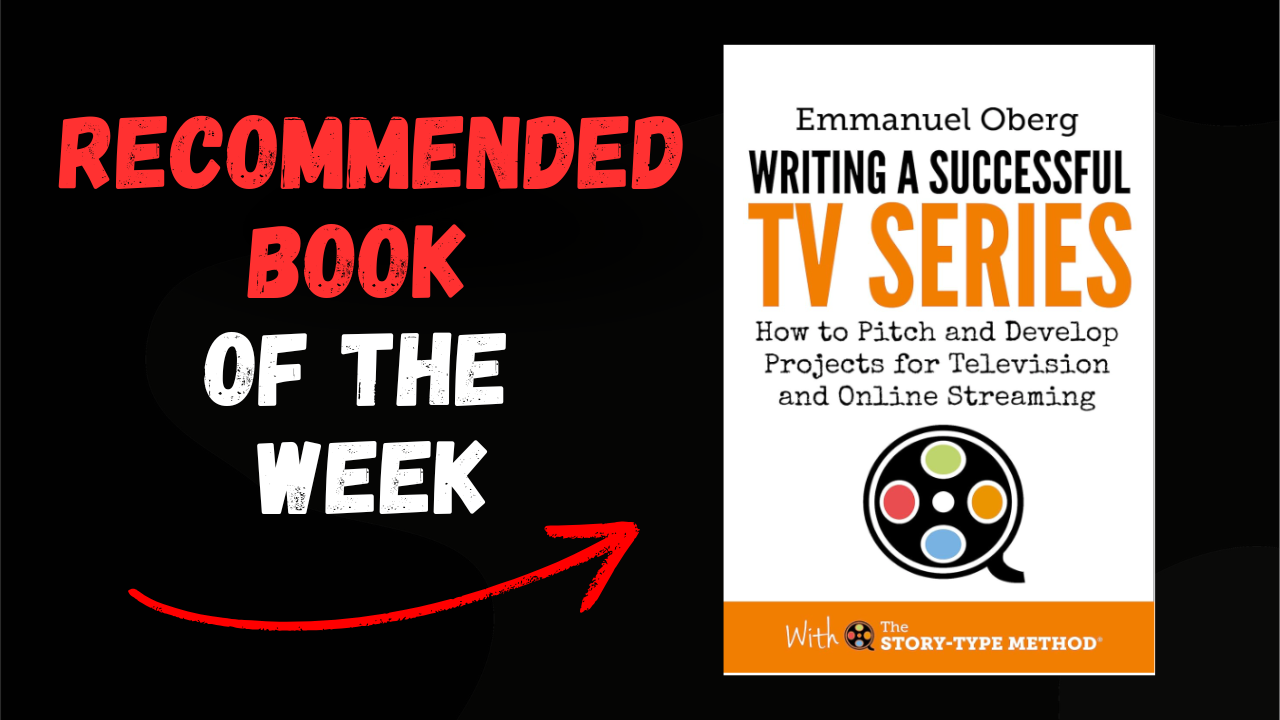
In Writing a Successful TV Series, screenwriter and industry expert Oberg shares career-boosting secrets for the modern series maker
Would you like to learn how to create an irresistible bible, a compelling pilot, unforgettable characters and addictive storylines that audiences around the world will want to watch week after week once they’re hooked on the first episode? If so, you’ve come to the right place!
Based on the groundbreaking approach introduced in Screenwriting Unchained and shown in action in The Screenwriter’s Troubleshooter, this third volume in the Story-Type Method® collection explores the crucial distinction between conventional series formats and the actual story structure lying underneath. Throughout, Oberg explains in a clear, conversational style how we can use the same dramatic tools to design series, seasons, episodes, storylines and sequences, and why modern series narratives are not just about teasers and cliffhangers.
Writing a Successful TV Series provides a goldmine of actionable information to anyone involved in the series development process (writers, directors, producers, showrunners, story editors, development execs), irrespective of their level of experience. As in his previous books, Oberg puts a strong emphasis on each project reaching the widest possible audience, both at home and abroad, without following prescriptive and outdated rules.
Using examples and case studies from successful series such as Stranger Things, Killing Eve, Breaking Bad, Sex Education, Occupied, The Walking Dead, Fleabag, Big Little Lies, Happy Valley and many others, Oberg reveals in this practical guide the flexible yet powerful tools and techniques needed to conquer this fast-evolving medium, focusing particularly on getting your bible and pilot commissioned. A companion online course dives further into detailed case studies and hands-on project work to help you master series design at season level.
So if you’re eager to find out how mini-series, procedurals and serials are really designed in order to make it to the Writers’ Room and not only survive it but thrive and shine in it, look no further!
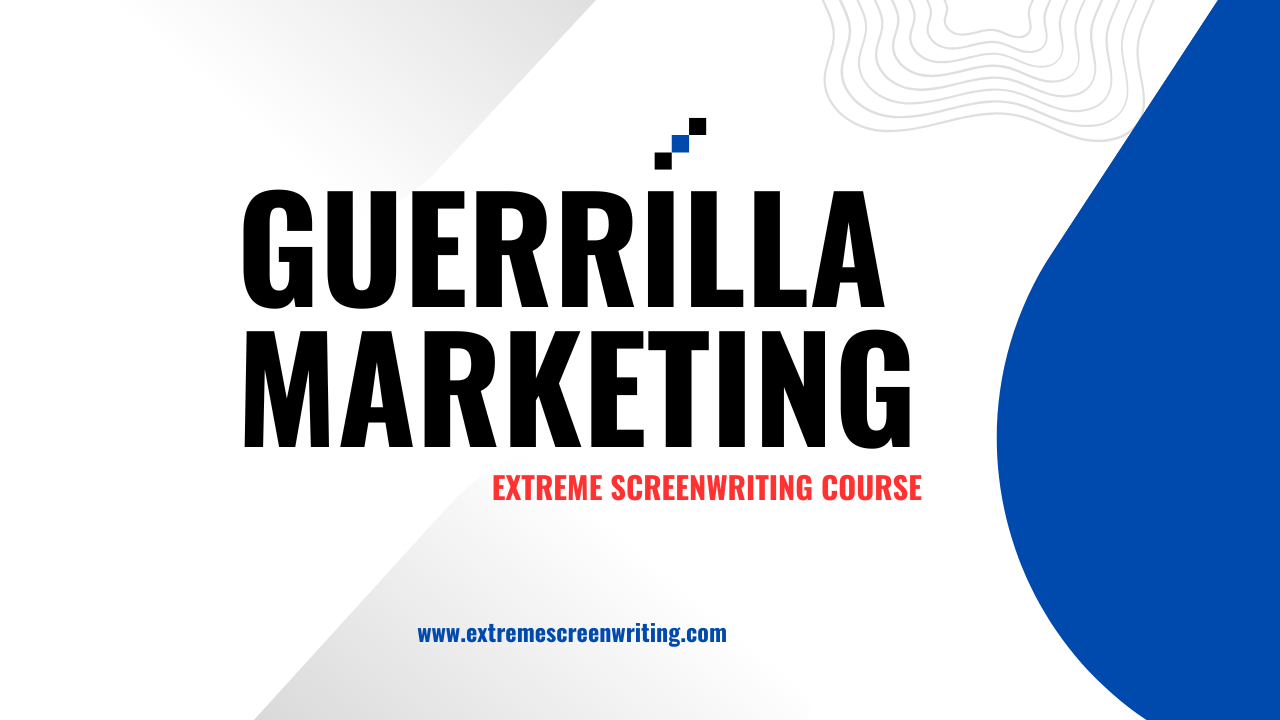
🎯 The Pain Points Every Screenwriter Knows
- You can’t find producers’ contact info.
- You send dozens of queries and get zero responses.
- You have no industry contacts—no agents, no managers, no producers.
- Your script feels like it’s gathering dust instead of momentum.
- You know the old “Hollywood pipeline” is broken, but no one tells you what actually works.
🚀 What This Course Delivers
Forget dead queries. Forget waiting by the inbox. This course arms you with a new, guerrilla-style strategy to break through the wall.
Here’s what you’ll learn:
- Why the old ways don’t work anymore (and what to do instead).
- How to validate your screenplay (before wasting time chasing the wrong producers).
- The Dead Query vs. The Guerrilla Marketing Template – a total reframe of how you approach producers.
- How to get your first IMDb credit with a short experimental film based on your pitch deck.
- Step-by-step system to create a pitch deck for $0 (yes, free).
- How to build a proof-of-concept audience—fast (so producers see you already have traction).
- Eliminating industry barriers by adapting your screenplay into a book (a strategy producers can’t ignore).
- Putting it all together: Replace the “dead query” with your Guerrilla Marketing Template + IMDb credit.
- Going Global & Netflix Strategies: how to market your screenplay worldwide, not just in Hollywood.
🔑 Why This Course is Different
Most courses teach you to “write better” or “wait for a break.” This one shows you how to:
- Build a footprint in the business without waiting for permission.
- Market like a creative entrepreneur instead of a desperate screenwriter.
- Create industry legitimacy with IMDb credits, published books, and visible audiences.
- Replace rejection with real visibility.
🌍 Who This is For
If you’re a screenwriter tired of:
- Sending queries into the void,
- Wondering if anyone even reads your logline,
- Or waiting years for a contact to “open the door,”
…then this course was built for you.
The Hollywood gatekeepers aren’t coming to save you. Stop playing the old game.
👉 Enroll in the Guerrilla Marketing Course today and start creating your own footprint that producers can’t ignore.
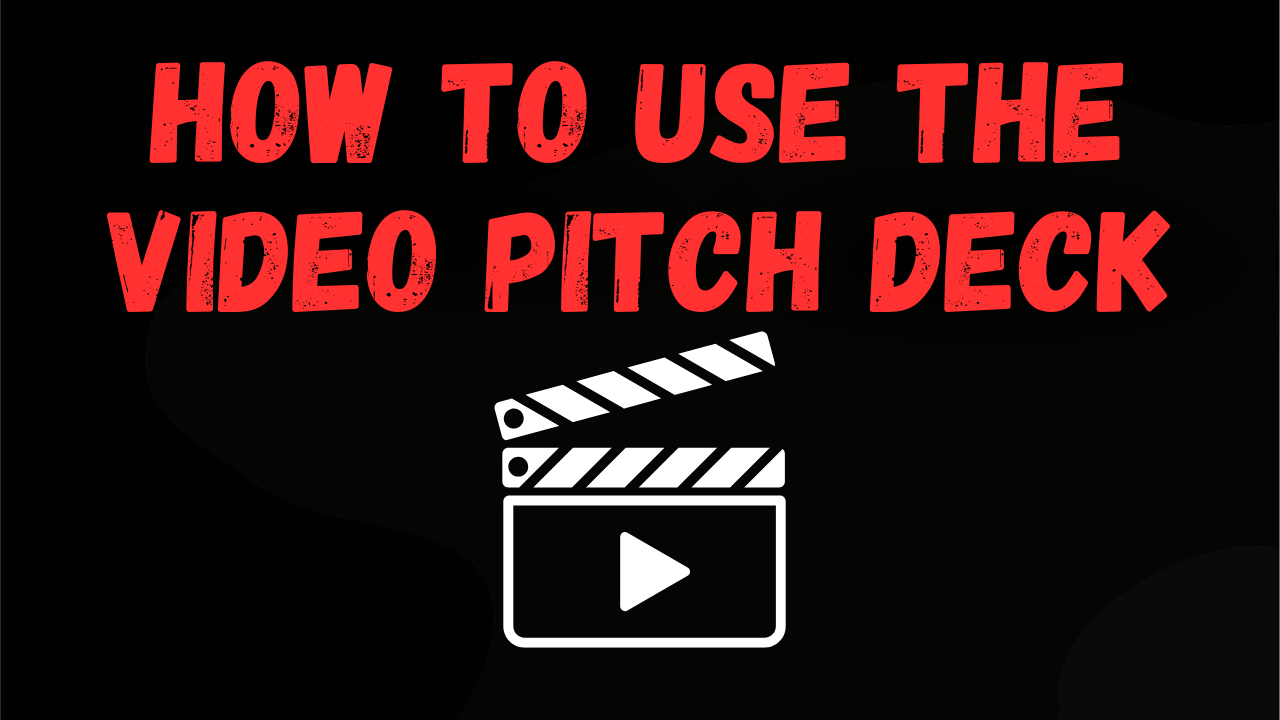
To view this video, please subscribe to the weekly newsletter's paid version. It's $8 a month or save 20% with a yearly subscription.
